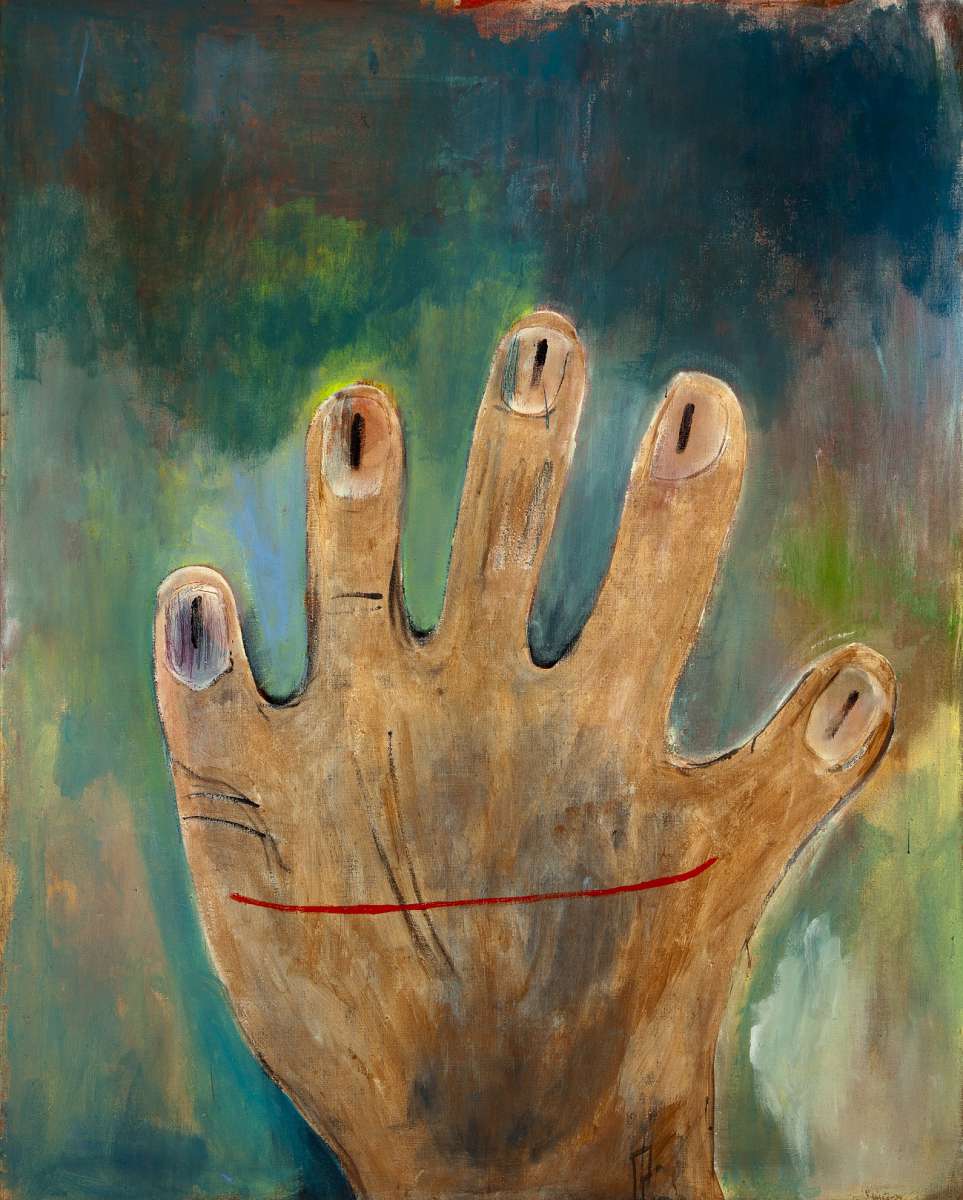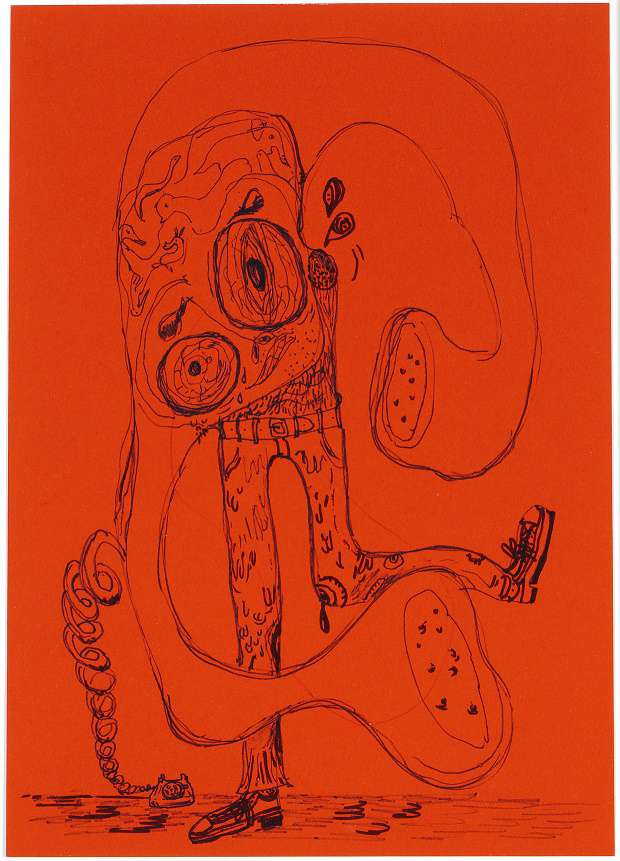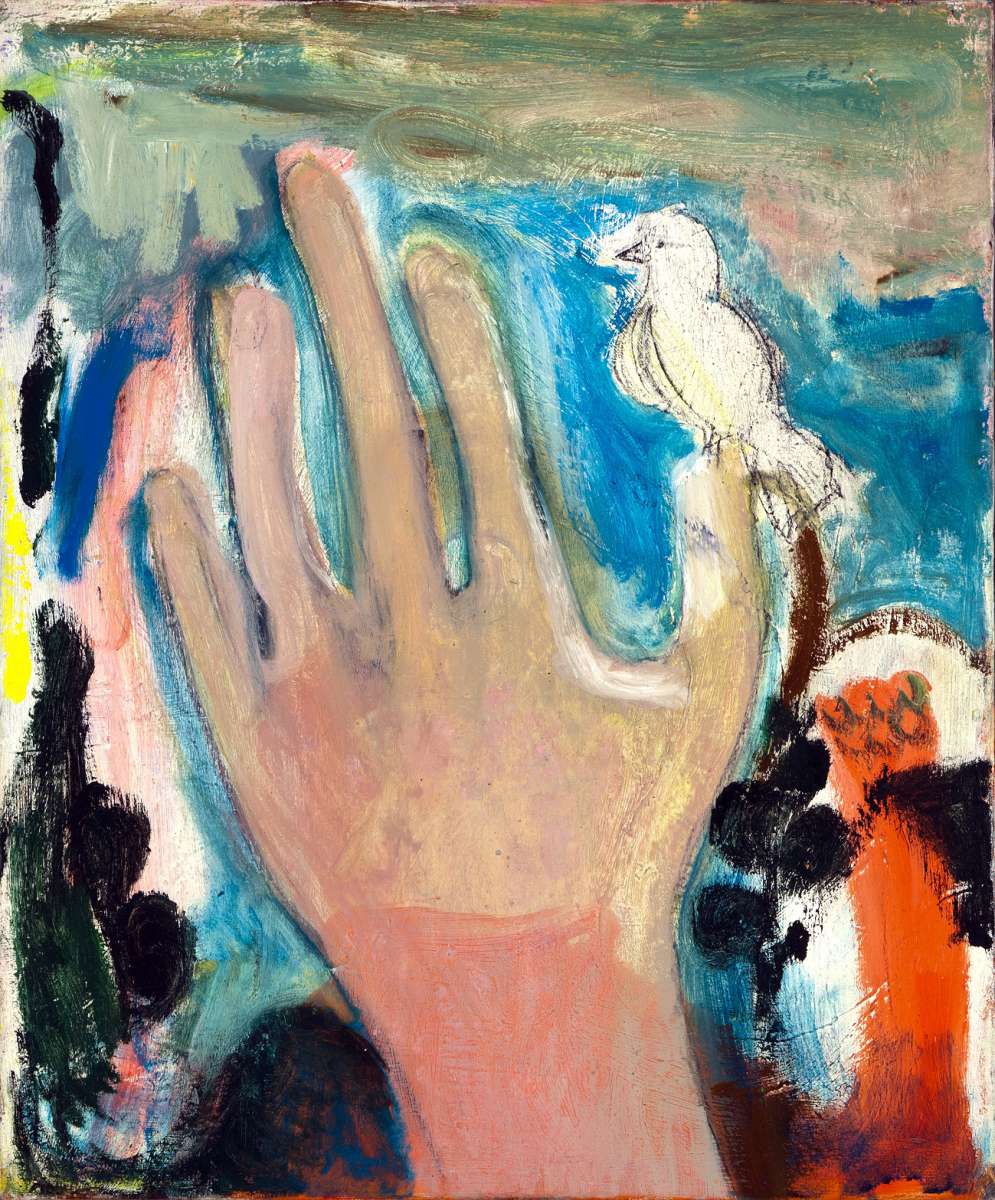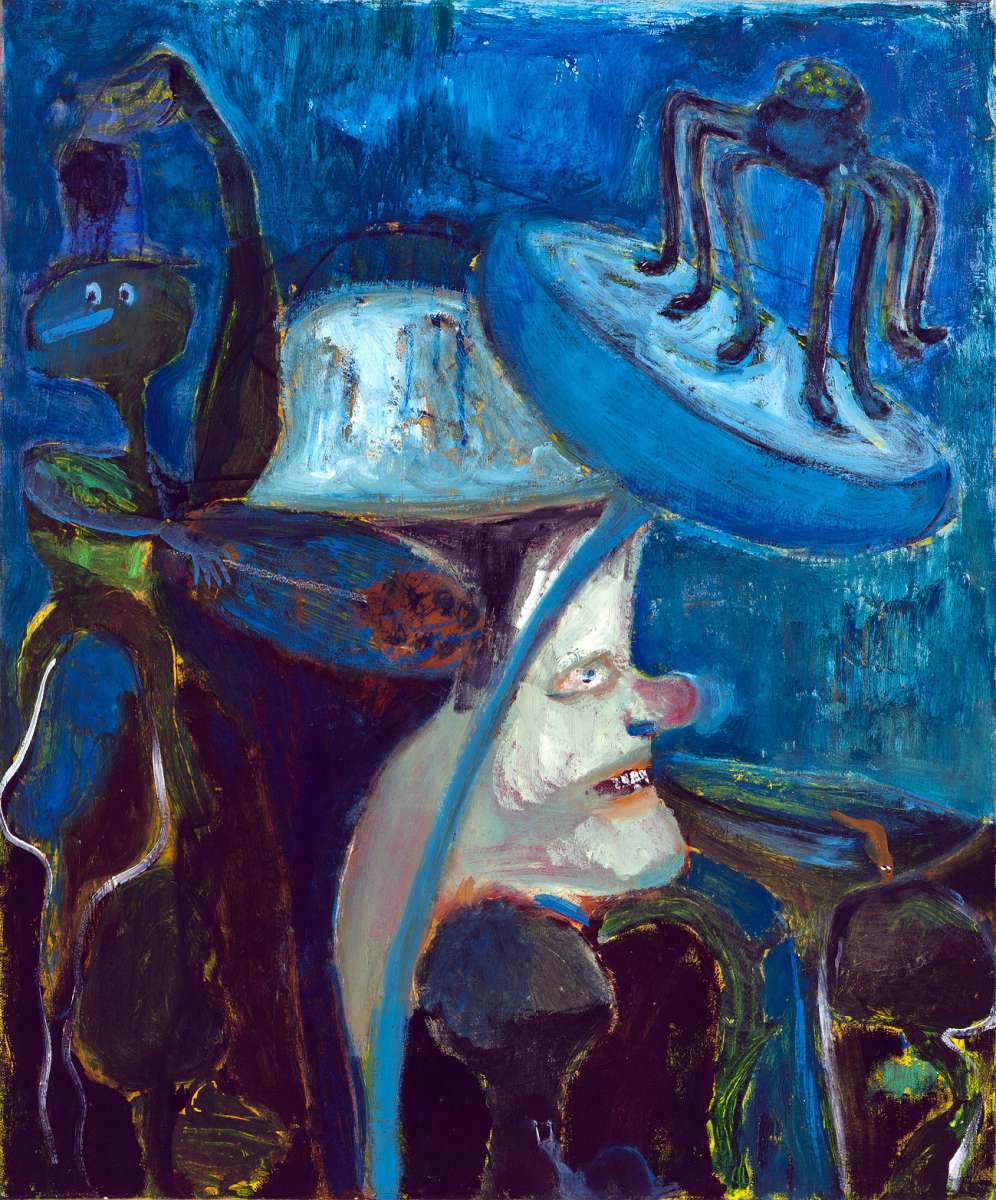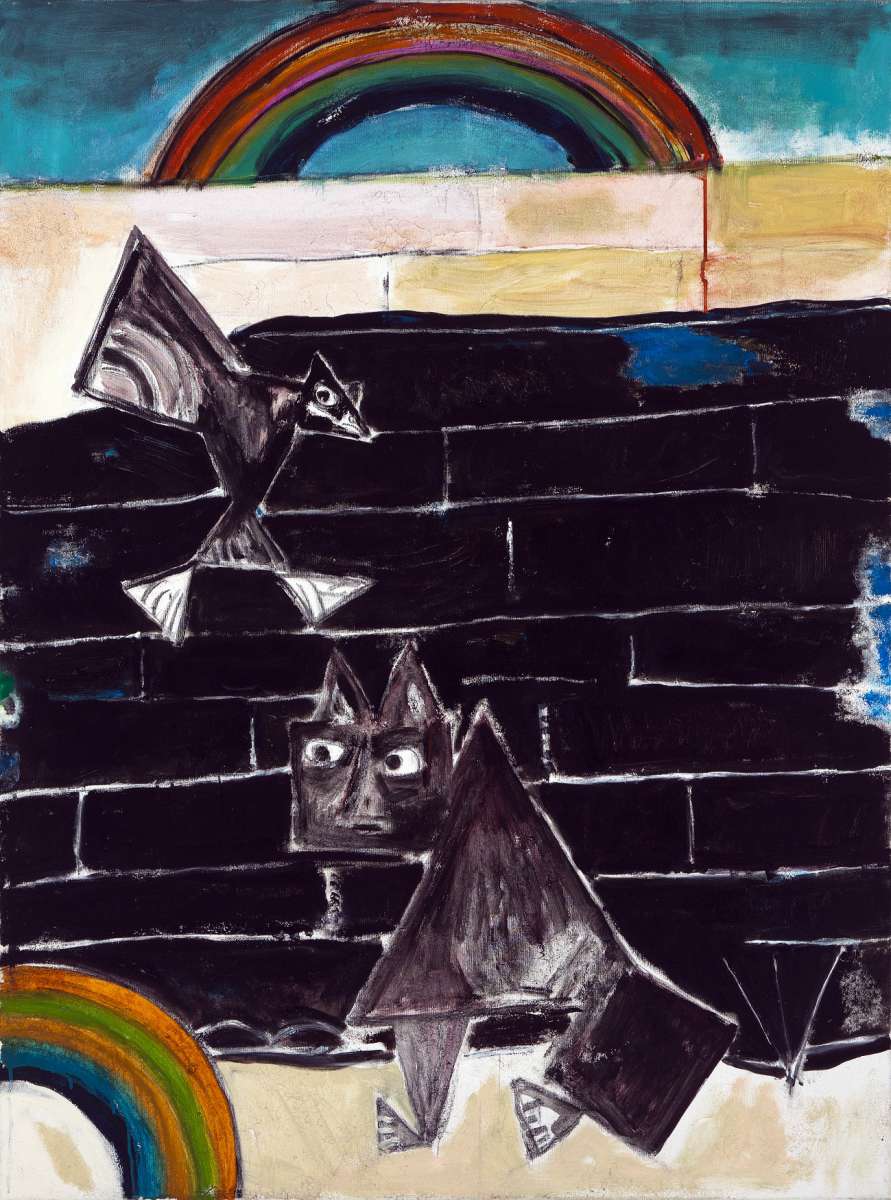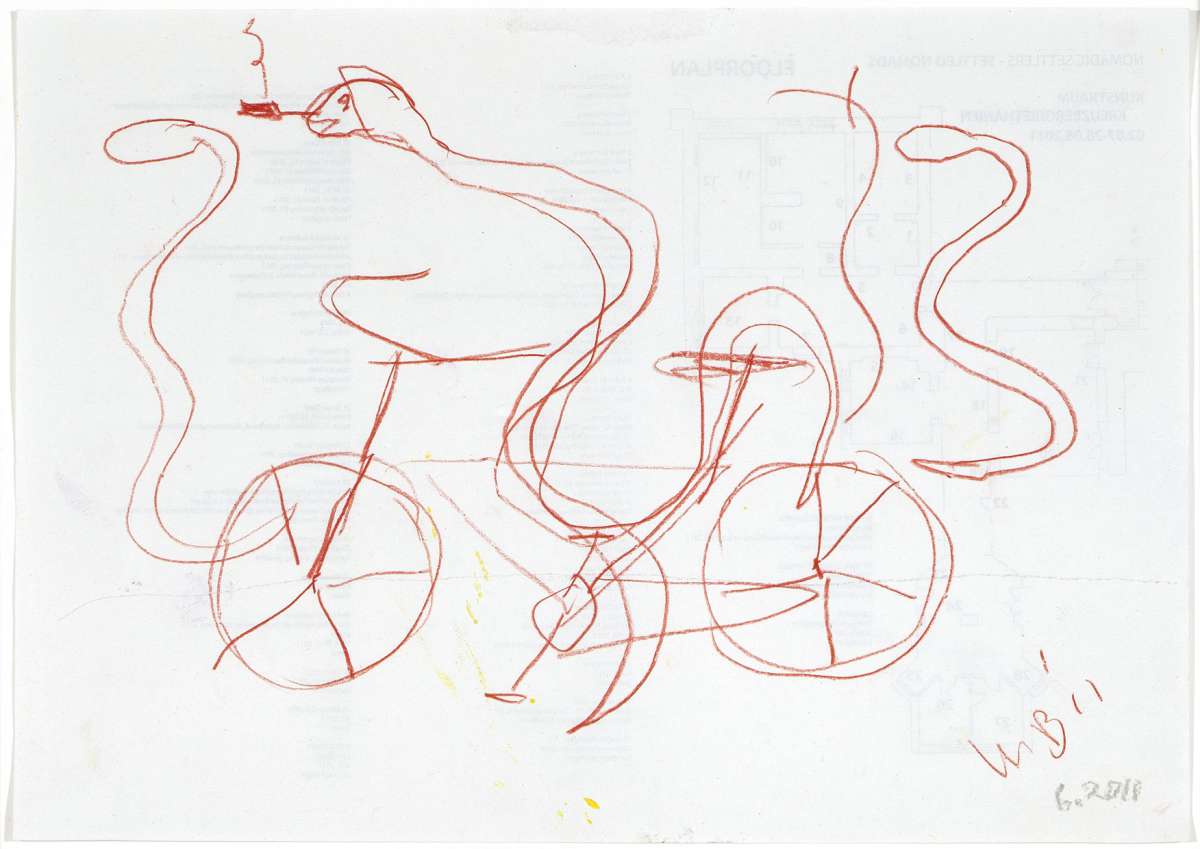Morgan Betz
Morgiana
After two exhibitions by artists of a certain age (Emo Verkerk and Rob van Koningsbruggen), it is now the turn of the multifaceted artist Morgan Betz (born in 1974), who presents a challenging exhibition that tests his viewers’ powers of observation in playful and sometimes provocative ways. Anyone hoping for a comfortable experience would be well advised to stay away.
What Betz’s art makes clear is that a great deal of present-day art is irrelevant because it does not demonstrate its legitimacy. Every work of art must be able to answer the question of whether it is truly of any added value. Beauty in itself does not suffice. Betz’s paintings and objects are certainly not beautiful, in the classical sense of the word. He deliberately crashes off the track to find out whether anything new can be made from the ruins. He has a subtle gift for subversion, a talent that is sadly lacking from much contemporary art.
How does this subversion work? Betz is capable of drawing inspiration and influence from the maladjusted and tragicomic elements of our everyday lives. It takes courage to turn away from the customary practices of rationalization and conceptualisation in today’s visual culture.
How does it demonstrate its relevance? His work can be described as a reservoir of images, fragments, and quotations. The accumulation of all these layers enables Betz to redefine the material he has collected in terms of content. The process of making the work becomes an exercise in finding the right balance between directness, construction, and the tension of a planned outcome. Betz’s quest is for a closing equilibrium in which the image achieves tranquillity: the moment at which it needs nothing beyond itself in order to convince, and is no longer an illustration of ideas.
Is the final result radical enough? Betz’s method of making objects and figures enables him to create an open narrative line with oblique references to themes ranging from revolution and utopia to beauty, transience and decay. But an artist who is eager to avoid his content being interpreted as a calculated social message can obviously derive the greatest benefit from an astute choice of visual resources. And in making such choices, Betz is not afraid to take a step back and to re-examine the fundamental formal principles of painting and sculpture.


